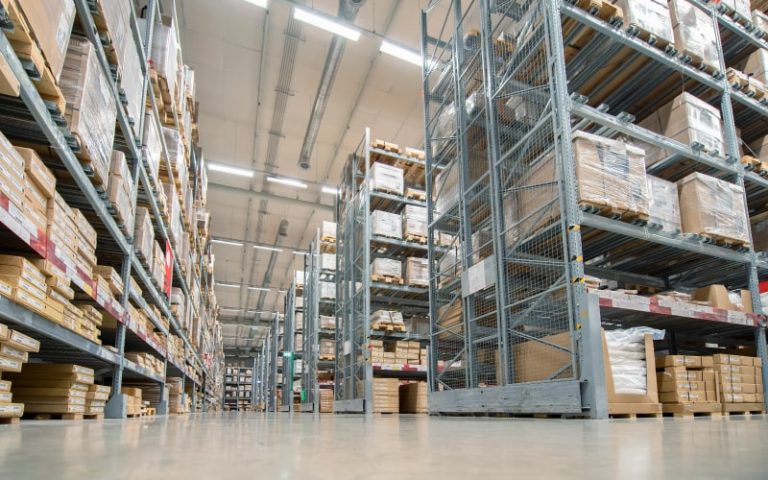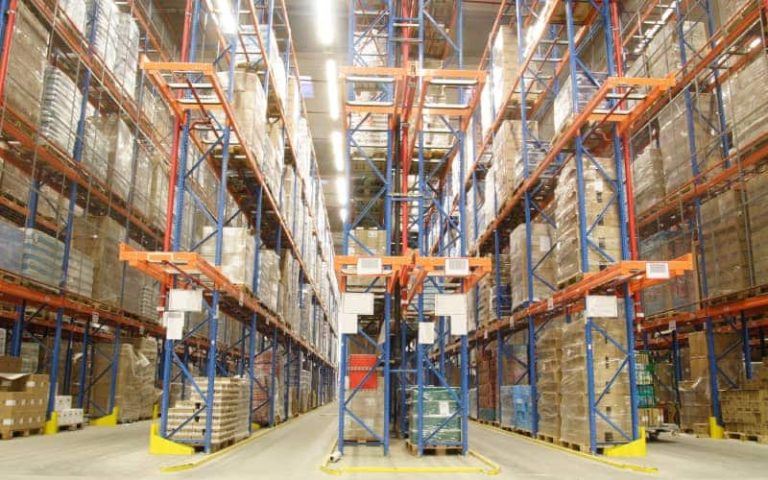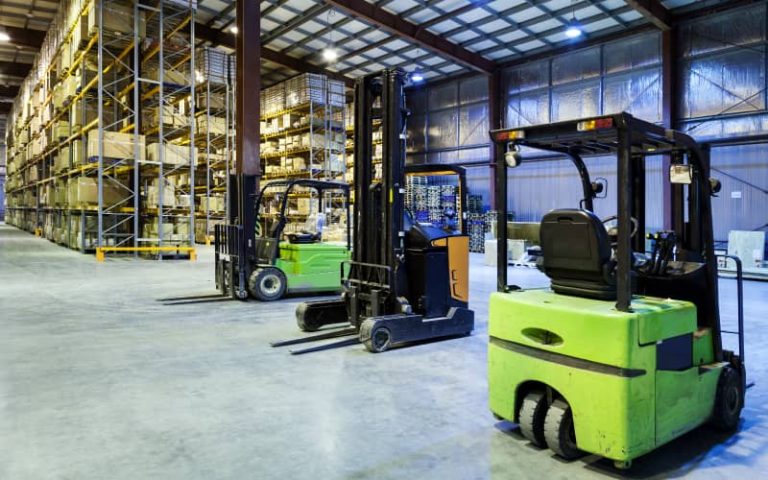A total of 82% of companies reported unplanned downtime over the past three years. That’s unproductive time that costs you money.
Inefficient material movement and poorly maintained equipment can create bottlenecks that disrupt your entire workflow. When there’s trouble, your warehouse material handling equipment can struggle to keep up with demand, leading to backlogs and missed deadlines.
Downtime impacts productivity, labor costs, repair expenses, and customer satisfaction. Sometimes, it’s unavoidable, but in most cases, the right setup and regular maintenance can cut your losses.
The Role of Warehouse Conveyor Systems in Reducing Downtime
A well-designed warehouse conveyor system is engineered to move products seamlessly from one point to another, reducing the need for manual material handling. These systems boost productivity and help prevent costly equipment breakdowns.
Automated conveyors reduce your reliance on manual labor, limiting the risk of human error that can lead to accidents and delays. A properly maintained and integrated conveyor system ensures a steady flow of materials to keep the production line moving. Operators get more resiliency, which can lead to a 20% to 50% improvement in service levels and a significant reduction in fulfillment costs.
Choosing Effective Warehouse Conveyor Systems
Integrating warehouse conveyor systems into your warehouse material handling workflow requires a customized approach.
Consider Modular Designs
Modular designs, which can be expanded or reconfigured as your operations grow, are a smart idea. This flexibility enables you to adapt to different types of loads and workflows, minimizing bottlenecks and avoiding shutdowns to rework your layout.
Opt for Durability
Investing in durable systems requires less frequent maintenance and that means fewer breakdowns, reducing operational interruptions. It’s not worth saving a few dollars upfront on cheaper equipment if it means you’ll have more breakdowns.
Integrate and Automate
Your warehouse conveyor systems should integrate seamlessly with warehouse management systems (WMSs) and other automation tools. This integration enables real-time tracking of inventory and generates performance metrics, allowing you to make proactive adjustments to prevent downtime. When systems communicate effectively, it’s easier to identify and address issues before they escalate.
Require Advanced Safety Features
Safety features, such as emergency stops, sensors, and guardrails, help protect both workers and warehouse material handling equipment. When you prevent accidents, you reduce downtime and minimize your risk.
Implementing the Right Conveyor System
Before you settle on the type of warehouse conveyor systems you need, you’ll want to evaluate your warehouse layout, current equipment, and workflow. This will help you identify areas where downtime is most prevalent and determine which parts of your operation could benefit from automation.
Choose the Right Equipment
Next, you’ll need to choose the right warehouse material handling equipment. There are plenty of options and almost unlimited ways to implement them. Common types of conveyors include:
- Gravity conveyors: Non-motorized movement using skate wheels or rollers for economical handling.
- Belt conveyors: Moving belt transport in slider or roller bed configurations.
- Power roller conveyors: Motorized rollers using chain, belt, or O-ring drives for inventory movement.
- Flexible conveyors: Expandable, contractable, and curvable systems in both powered and gravity versions.
- Accumulation conveyor: Holds products until programmed release, available in minimum or zero-pressure variants.
- Portable conveyors: Mobile units for flexible loading, unloading, or elevation changes.
- Incline/decline belt conveyors: Floor-to-floor systems connecting different elevations.
- Vertical conveyors: Freight/material lifts for multi-level transport.
- Spiral conveyors: Continuous-flow elevation changes with gradual inclines preventing product movement.
- Ball transfer tables: Omni-directional surfaces for lateral product transfer between lines or workstations.
The material handling experts at Conesco Storage Systems can help you find the optimal setup to provide peak efficiency no matter the size of the space you operate in.
Train Your Team
Once you’ve settled on a solution and put it in place, you’ll need to train your employees to operate your equipment safely and efficiently. Creating a culture of safety helps prevent accidents and downtime.
Maintain and Monitor
An ongoing maintenance schedule also needs to be part of your regular routine to keep your warehouse conveyor system running at peak performance. Routine inspections and preventive maintenance can detect potential issues before they result in breakdowns.
Get Expert Guidance for Warehouse Material Handling and Warehouse Conveyor Systems
If you’re facing challenges with equipment failures and inefficiencies, schedule an expert consultation with the team at Conesco Storage Systems. Their professional guidance can help tailor solutions to your needs, ensuring your investment in technology delivers maximum returns. Get started today and transform your warehouse operations for better performance.
Reduce downtime. Improve efficiency. Schedule a no-obligation consultation with Conesco Storage Systems today.



